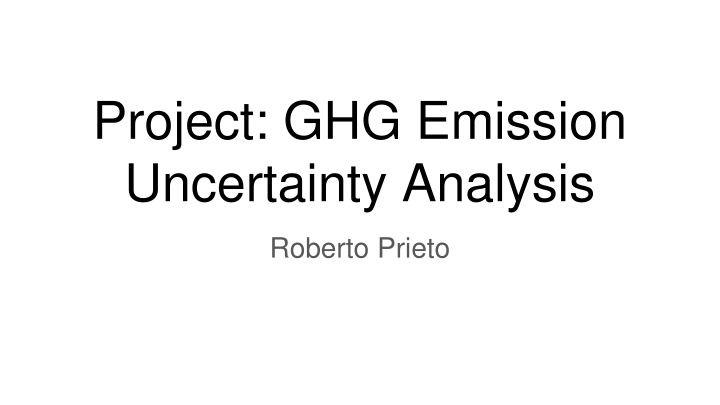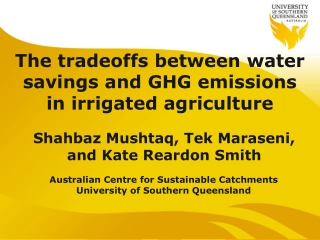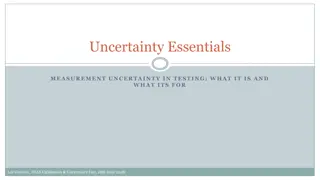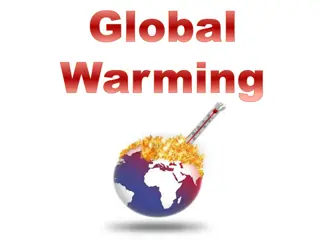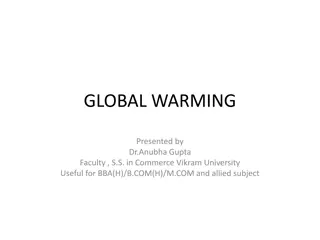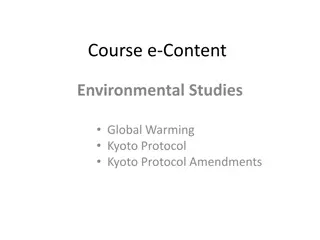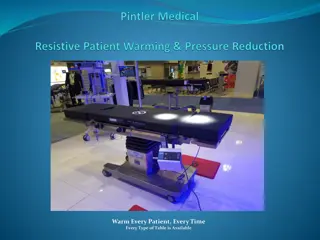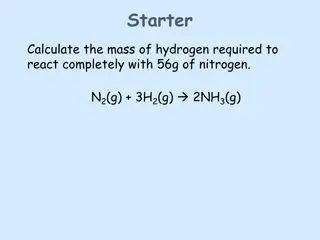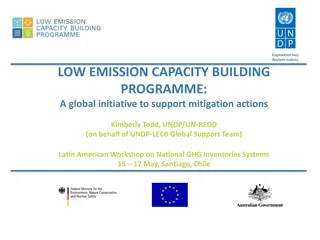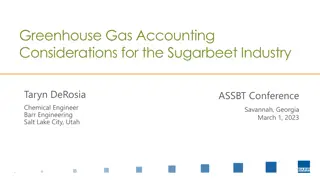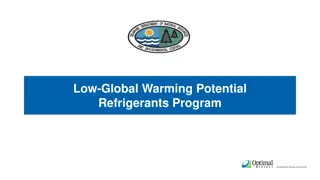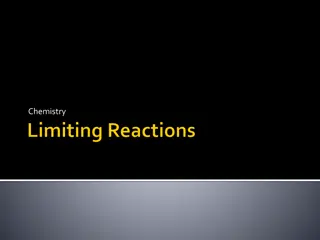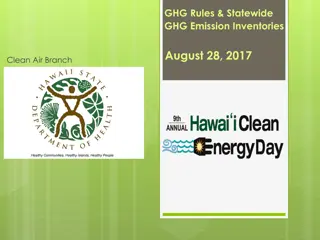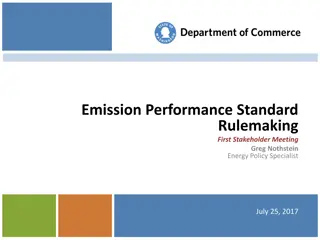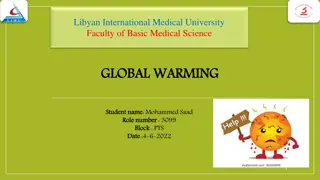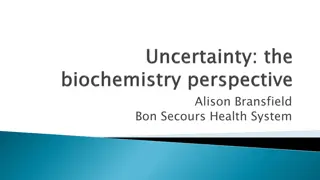GHG Emission Uncertainty Analysis for Limiting Global Warming
In the pursuit of limiting global warming to 1.5°C above pre-industrial levels, this project analyzes greenhouse gas emission uncertainty levels over various time periods. By examining different emission scenarios and utilizing statistical methods, the study aims to identify years with varying uncertainty in emission levels that align with the Paris Climate Agreement goals. Explore the research question, methodology, emission boxplot, and least squares regression line findings to understand the trends in emission variability from 2025 to 2100.
Download Presentation

Please find below an Image/Link to download the presentation.
The content on the website is provided AS IS for your information and personal use only. It may not be sold, licensed, or shared on other websites without obtaining consent from the author.If you encounter any issues during the download, it is possible that the publisher has removed the file from their server.
You are allowed to download the files provided on this website for personal or commercial use, subject to the condition that they are used lawfully. All files are the property of their respective owners.
The content on the website is provided AS IS for your information and personal use only. It may not be sold, licensed, or shared on other websites without obtaining consent from the author.
E N D
Presentation Transcript
Project: GHG Emission Uncertainty Analysis Roberto Prieto
Research Question - In the Paris Climate Agreement, a major goal is for nations to pursue efforts to limit global warming to 1.5 C above pre- industrial levels, recognizing that this would significantly reduce the risks and impacts of climate change. - In order to realize that goal, greenhouse gas (GHG) emissions must be considerably reduced over time, although GHG emissions at distinct points in time can vary to differing degrees. - Main question: which future years will have higher uncertainty levels and lower uncertainty levels in terms of GHG emissions that are consistent with limiting global warming to 1.5oC above pre-industrial levels by 2100? - Hypotheses: - Earlier decades will have higher levels of GHG emission uncertainty (will have higher standard deviations and thus less strict GHG emission ranges) - Later decades will have lower levels of GHG emission uncertainty (will have higher standard deviations and stricter GHG emission ranges). - Therefore, I predict that the standard deviations of the GHG emissions over time will have a significant negative linear regression slope and correlation coefficient (the 95% confidence interval of the regression slope and correlation coefficient will fall entirely below 0).
Methodology - The years analyzed are every five years from 2025 to 2100. - For each five year period, I am keeping track of carbon emissions in various scenarios that will end up resulting in a 1.5oC increase in temperature compared to pre-industrial levels. - These scenarios include: - The lower bound, upper bound, and median emissions of the 1.5oC policy scenario provided by Climate Action Tracker (CAT). - The 5th percentile, 95th percentile, and median emissions of the C1 climate scenario (keeping temperature increase to no greater than 1.5oC with no or limited overshoot). - Illustrative mitigation pathways (IMPs) consistent with limiting warming to 1.5 C with a high reliance on net negative emissions (IMP-Neg) ( high overshoot ), high resource efficiency (IMP-LD), a focus on sustainable development (IMP- SP), and renewables (IMP-Ren).
Emission Boxplot -GHG emissions are measured in gigatons of CO2equivalent (GTCO2) -Boxplots of carbon emissions were formed by combining the GHG emission data from each scenario. -Standard deviations of carbon emissions and 95% confidence intervals of carbon emissions were also produced for each year.
Least Squares Regression Line -A least squares regression line of the emission standard deviations over the five year periods was calculated alongside the correlation coefficient of the time and emission standard deviations -The emission variability (standard deviation) increased from 2025 to 2040, decreased sharply from 2040 to 2065, and increased again from 2065 to 2100. -From 2025 to 2100, the least squares regression line shows a slight decrease in emission variability over time, and there is a weak negative association between emission variability and time
Bootstrap -The bootstrap method was used to estimate the mean, standard deviation, and 95% confidence interval of the slope and correlation coefficient of this regression. -Zero falls within the 95% confidence interval of the regression slope and the correlation coefficient. -As a result, the standard deviations of the GHG emissions over time do not have a significant negative linear regression slope or correlation coefficient. -GHG emission uncertainty does not significantly decrease over time from 2025 to 2100.
Limitations and Extensions -The emission data used were the medians, upper bounds, lower bounds, and/or single values across 1.5oC emission scenarios; having a distribution of emissions within each scenario or even in a broader scenario would improve the accuracy of the emission uncertainty analysis. -Emission data was only obtained across five year periods, finding emission data for every year would produce a more thorough depiction of the change in emission uncertainty across time. -GHG emission uncertainty analyses can be performed for additional time periods such as the next 25 years (up to 2050) and the next 50 years (up to 2075) to determine the trend in emission variability across those intervals. -Net GHG uncertainty analyses can be also performed in order to account for distinct rates of change in emissions over time across each climate scenario.
Sources https://www.carbonbrief.org/analysis-what-the-new-ipcc-report-says-about-how-to-limit-warming-to-1-5c-or-2c/ https://www.un.org/en/climatechange/paris-agreement https://ipcc-browser.ipcc-data.org/browser/dataset/6127/0 (Spreadsheet: data_syr_spm5_all_panels.xlsx) https://ipcc-browser.ipcc-data.org/browser/dataset/445/0 (Spreadsheet: output_data_spm_5_tsu_data.xlsx) https://climateactiontracker.org/publications/no-change-to-warming-as-fossil-fuel-endgame-brings-focus-onto-false-solutions/ (Spreadsheet: CAT_2023-12_PublicData_GlobalTemperatureEstimates_COP28)
